5 reasons you need dual monitors in 2017
Get more done with a second screen
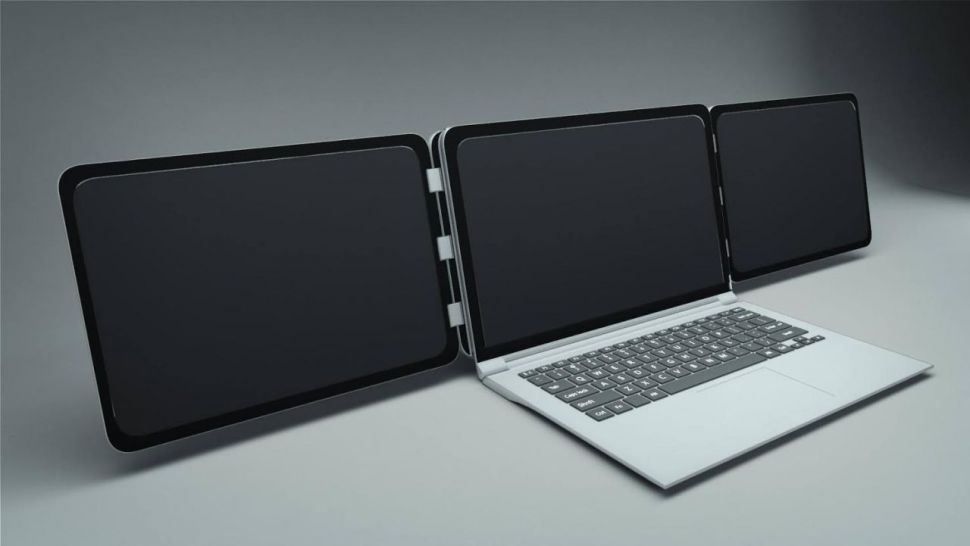
Multiple-monitor setups are now commonplace in businesses and homes across the world.
Whether you need the extra screen real-estate for using multiple applications, creating media or coding, having another display can make a huge difference to your daily productivity levels.
What’s more, getting hold of two panels is just the start these days. Manufacturers have been innovating in recent years, developing clever software and features that further extend models’ usefulness.
Read on to discover today’s dual-display trends and why you need multiple monitors in your life in 2017.
- Check out our best monitors for dual screen setup
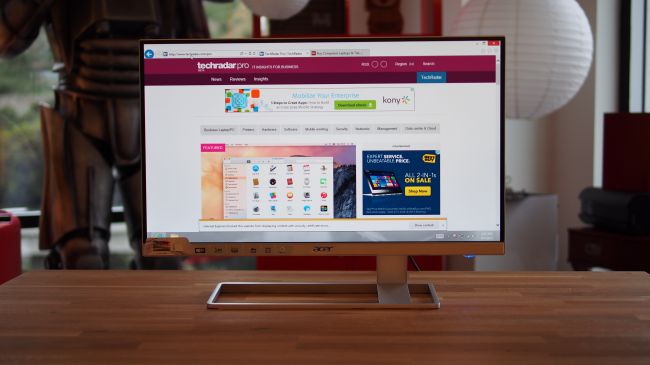
1. Make alt-tabbing between apps a thing of the past
Working with multiple 4K (or Ultra HD) monitors truly makes alt-tabbing your way around the desktop a thing of the past. With a pixel-resolution if 3,840 x 2,160, they serve up the same amount of space on the desktop as four 1080p displays.
Thanks to the new USB-C connectivity standard, laptops including the MacBook Pro 2016 can drive up to three Ultra HD panels (or two 5K monitors, which are great for editing video in 4K with timelines shown in full view) without breaking a sweat.
By using two of them, you can effectively work with eight apps open in Full HD resolution positioned in each corner of the screen. Whether you’re checking stocks, talking to colleagues in Slack and Skype, or streaming YouTube videos, your crucial apps will never be out of sight again.
Are you a pro? Subscribe to our newsletter
Sign up to the TechRadar Pro newsletter to get all the top news, opinion, features and guidance your business needs to succeed!
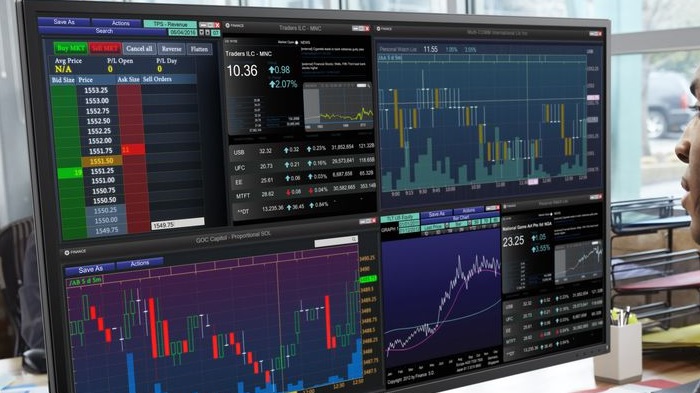
2. Use multiple monitors inside a single screen
As mentioned, Ultra HD monitors are great for using multiple apps at once, but what if you want to use several devices with a single screen?
This is possible these days thanks to much larger models like the Dell P4317Q, a massive 43-inch 4K screen with four video inputs that lets you hook up multiple devices and computers that can be used simultaneously.
For something a little less extreme but along the same lines, many ‘Cinematic’ monitors with 21:9 aspect ratios – such as the Phips Brilliance BDM390UC and LG UltraWide 34UC97 – sport similar split-screen functionality.
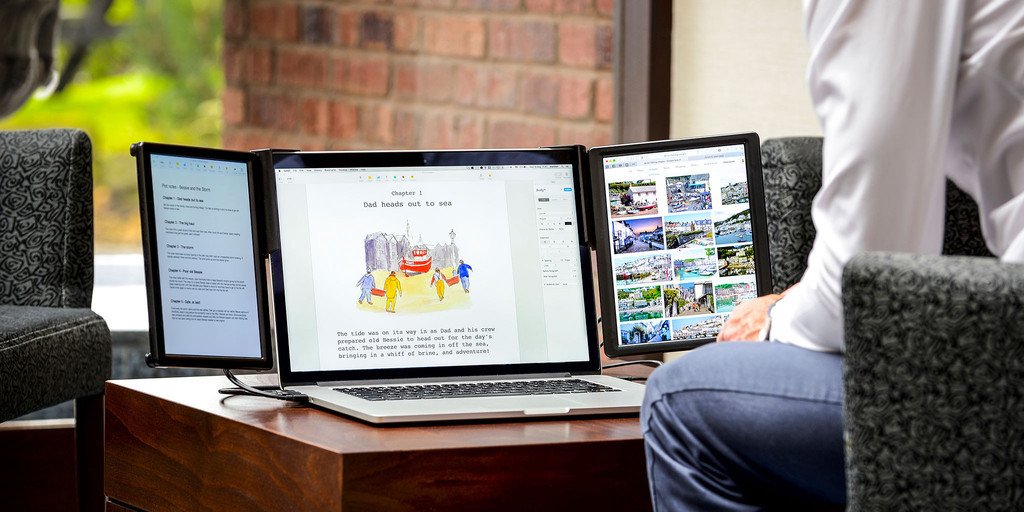
3. Get extra displays on the move
Portable monitors used to be laggy, use low-quality panels and generally be a bit of a pain to use.
Today, however, all that has changed. Packed Pixels is a clever multi-monitor solution for laptops with DisplayPort connections that gets you up to two additional iPad-sized displays.
Compatible with laptops including the Dell XPS 13, MacBook Air and Retina MacBook Pro, Packed Pixels is perfect for keeping chat apps (such as Skype or Slack) and social media apps open all of the time in an adjacent window.
Another impressive entrant, the Asus MB169C+ is ideal for owners of USB-C equipped laptops as it transmits video and power in a single cable for ultimate portability.
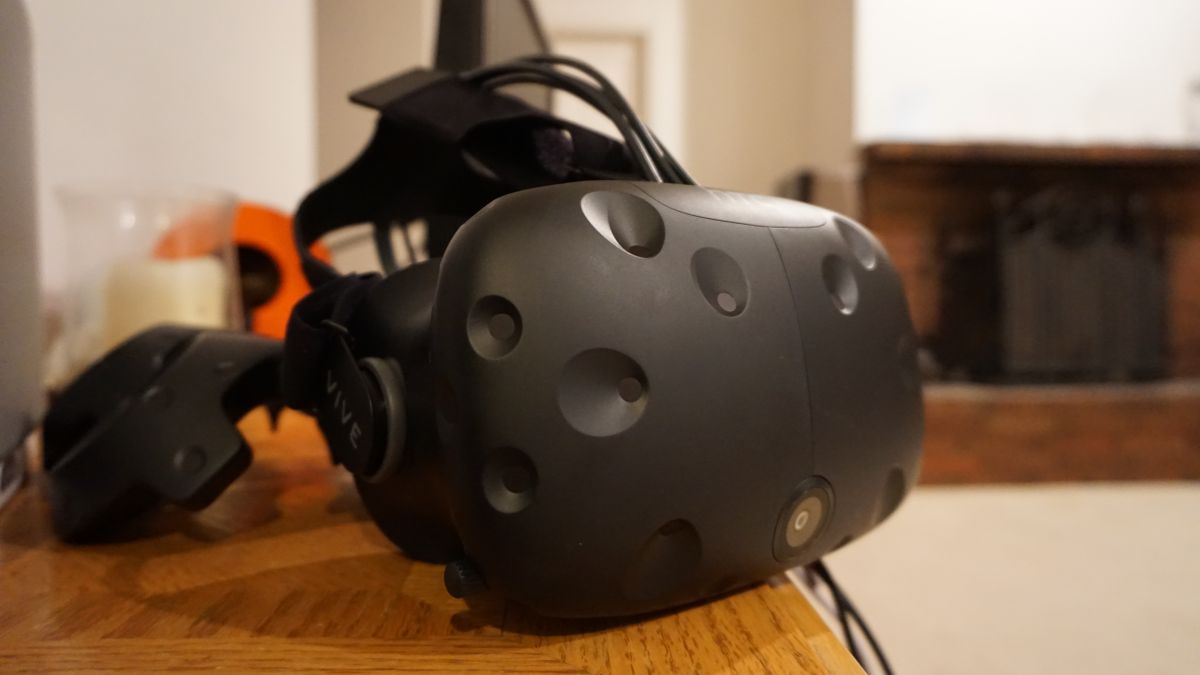
4. Code in comfort and test VR games with ease
Multiple monitors have long found favor with coders. More usable desktop space reduces the amount of time minimizing, maximizing, dragging, and scrolling to see more lines of code.
Coders who develop games for VR have found multiple-monitor setups particularly useful, as a second display can be used to show the game's test environment while coding is done on a separate screen.
This saves developers from repeatedly having to view the latest build of a VR game in goggles, which can lead to discomfort and nausea through overexposure.
5. Go vertical!
We've been used to using monitors in landscape ever since manufacturers moved from the 4:3 to 16:9 aspect ratio. What most people don't know is that changing a monitor to a vertical orientation can help reap massive benefits depending on the task at hand. Writers, for example, can make the most of massive vertical space.
For a start, rotating a monitor 90-degrees eliminates the wasted space to the left-and-right hand sides when browsing websites. Not every monitor has rotating capabilties, however - check that they're designed for professional and multi-media use first.
